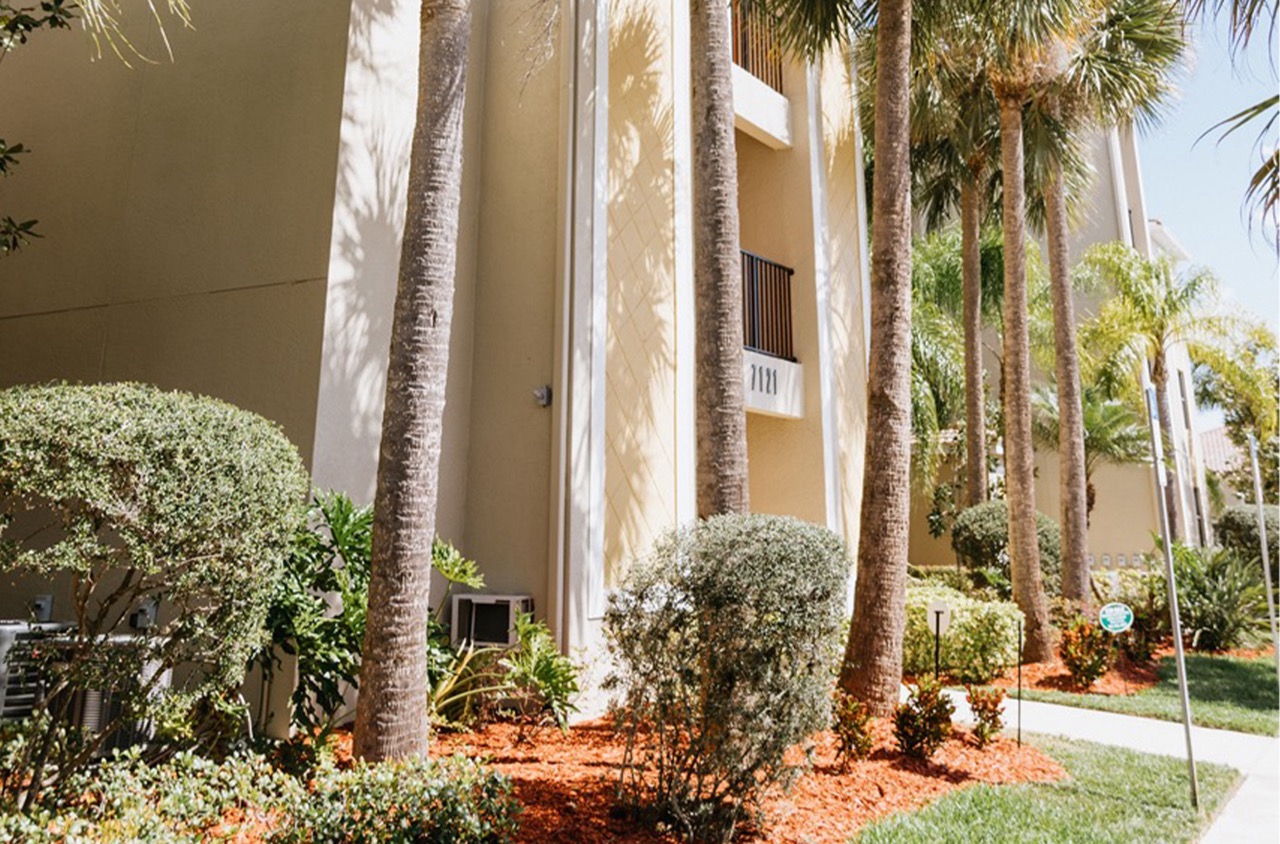Curious about what those mysterious three letters—VOCs—mean for your paint job and environment? Volatile Organic Compounds, commonly abbreviated as VOCs, are chemicals embedded in numerous products, from paints to cleaning supplies. They easily evaporate into the air at room temperature, significantly influencing your indoor air quality. VOCs originate from various solvent-based products, making them prevalent in both residential and commercial settings. Their impact isn’t merely environmental; exposure to high levels can pose health risks, especially when ventilation is poor. Understanding VOCs is crucial for anyone considering a painting project, as choosing low-VOC or zero-VOC paints can greatly enhance air quality while reducing potential harm. Learn about VOCs to make informed choices that safeguard both your family’s health and the environment.
What are VOCs?
Volatile Organic Compounds, often abbreviated as VOCs, are chemicals that vaporize at room temperature. They are found in many products, including paints, and can contribute to air pollution and adverse health effects. Different types of paints contain varying levels of VOCs, and understanding them is crucial for businesses that prioritize sustainability and safety.
VOCs are emitted as gases from certain solids or liquids. According to the U.S. Environmental Protection Agency, concentrations of many VOCs are consistently higher indoors (up to ten times higher) than outdoors. This is particularly important in environments where painting is a frequent activity, such as residential and commercial spaces.
In the painting industry, products with high VOC content are notorious for their strong odors, which can be discomforting to clients and workers. Over time, exposure to VOCs can have health implications. Short-term exposure might result in headache, dizziness, or eye irritation, whereas long-term exposure could lead to more severe respiratory issues. Therefore, choosing low-VOC or zero-VOC paints is beneficial not only for environmental reasons but also for health considerations.
When selecting paint for a commercial project, check the product labels for VOC content. Many paints list their VOC levels in grams per liter (g/L). Ideally, options with less than 50 g/L are considered low-VOC, while zero-VOC paints usually contain less than 5 g/L. Water-based paints generally have lower VOC levels compared to oil-based options.
For businesses, it is wise to integrate low-VOC paints into your standard practices. Discussing these choices with your clients can enhance your reputation as a conscientious and forward-thinking company. Furthermore, maintaining good ventilation and appropriate safety measures during painting can minimize exposure, ensuring a safer environment for employees and clients alike. By making informed choices about the materials used, businesses can improve indoor air quality, demonstrating commitment to health and sustainability.
Health Risks Associated with VOCs
Understanding the health risks associated with volatile organic compounds (VOCs) is crucial for anyone undertaking painting projects in residential or commercial spaces. VOCs are carbon-based chemicals that easily evaporate at room temperature. They are commonly found in paints, cleaning supplies, and numerous building materials. Prolonged exposure can pose significant health hazards.
VOCs contribute to indoor air pollution, a concern when considering both immediate and long-term health effects. Short-term exposure to high levels can cause headaches, dizziness, respiratory irritation, and eye discomfort. In more severe cases, it might even lead to nausea or memory impairment. Long-term exposure escalates the risk, potentially contributing to liver, kidney damage, and even certain cancers.
For businesses, reducing VOC exposure is not just about compliance with health standards; it also impacts employee and client wellbeing. Enhancing air quality creates a healthier workspace, ultimately influencing productivity and morale.
Practical strategies to minimize VOC exposure include opting for low-VOC or VOC-free paints and materials. Today’s market offers a variety of such products, which maintain quality without the harmful effects. If painting is necessary, ensure ample ventilation. Open windows and doors, and use fans to facilitate airflow during and after painting projects. Allowing surfaces to dry thoroughly before closed-space occupancy further reduces risks.
Understanding product labels can also guide safer choices. It requires a straightforward approach: look for Green Seal or Greenguard certifications indicating lower VOC content. Training employees or contractors in identifying and appropriately handling these materials ensures safety and awareness.
Incorporating plants into indoor spaces is another effective measure. Certain plants absorb VOCs naturally, acting as organic air purifiers. Spider plants, peace lilies, and English ivy are excellent options.
For companies prioritizing sustainability, using low-VOC products supports not only indoor air quality but also environmental health, as these materials contribute fewer pollutants to the atmosphere.
Eco-Friendly Alternatives to Traditional Paint
Choosing eco-friendly alternatives to traditional paint can benefit the environment, enhance air quality, and meet increasing consumer demand for sustainable products. Traditional paints often contain volatile organic compounds (VOCs), which release harmful emissions over time. Selecting low-VOC or zero-VOC paints can mitigate these detrimental effects.
Low-VOC paints significantly reduce the number of toxic chemicals released, contributing to improved indoor air quality. These paints are particularly advantageous in homes, offices, and schools, where occupants spend much of their time. Brands like Sherwin-Williams and Benjamin Moore offer extensive low-VOC product lines readily available for both residential and commercial projects.
Natural paints are another sustainable option. Made from natural ingredients such as clay, milk casein, and plant oils, these paints provide a non-toxic alternative for those sensitive to traditional paint chemicals. Natural paints often come in a variety of earth tones, reflecting their organic origins and adding a unique aesthetic. Local Sarasota residents can explore opportunities with specialized retailers that focus exclusively on natural paint options.
To embrace eco-friendly painting, consider using recycled paint. This paint is collected from surplus supplies and reprocessed for reuse. Not only does this reduce landfill waste, but it also lowers the carbon footprint associated with the production of new paint. Recycled paint is typically available in neutral shades and can be sourced from paint recycling centers or municipal waste facilities.
Beyond the paint itself, consider additional sustainable practices. Utilize brushes and rollers made from recycled materials, or employ reusable drop cloths made from organic cotton. Sarasota and Manatee County businesses might explore partnerships with local suppliers focused on sustainable materials to further their eco-conscious efforts.
Whether for a home or commercial space, choosing eco-friendly paints and practices supports a healthier environment without compromising on quality or aesthetic appeal. Investing in these alternatives can reflect a commitment to sustainability that resonates with increasingly eco-aware clientele.
Next Steps
Incorporating environmental and health-conscious choices into your painting projects can make a significant difference in the quality of both life and the environment. Understanding the implications of Volatile Organic Compounds (VOCs) in paints and opting for safer, low-VOC or VOC-free alternatives not only promotes better indoor air quality but concurrently reduces health risks associated with chemical exposure. Emphasizing this knowledge in selecting materials substantiates a commitment to sustainability and safety viable for residential and commercial applications alike.
For homeowners and business owners in Sarasota and Manatee Counties, making informed paint choices can transform spaces into healthier environments. A Step Above Painting is dedicated to helping you achieve this balance of aesthetic excellence and environmental responsibility. Reach out for a free consultation on how our expert team can deliver high-quality, eco-friendly painting solutions for your project. Visit our website or contact us today to ensure your paint job aligns with your health and sustainability goals.





